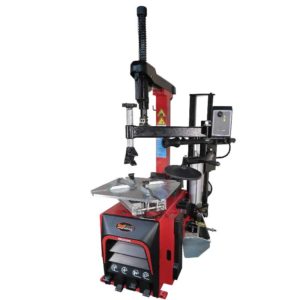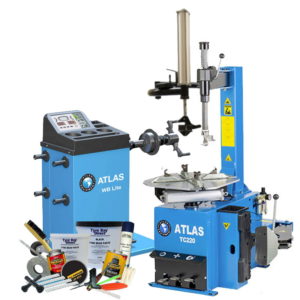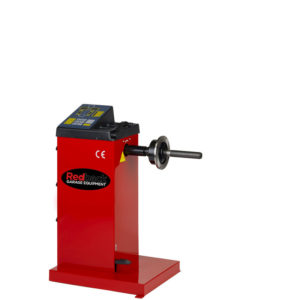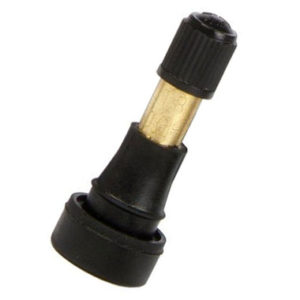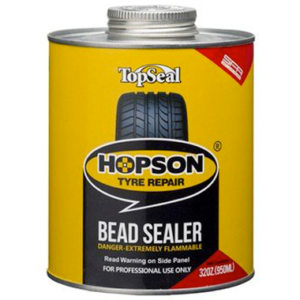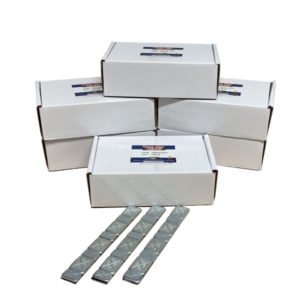The UK’s Leading Supplier of Garage Equipment Online!
Our Top Selling Products…
Standard Snap In Tyre Valves
Tyre Machine Packages
Tyre Changers
Tyre Machine Packages
Available Upon Request
Wheel Balancers
Specialist Tyre Valves
Repair Chemicals & Sealants
Self Adhesive Weights
Why choose Tyre Bay Direct?
Tyre Bay Direct is the one-stop shop for garage equipment & tyre shop essentials including tyre changers and tyre valves, wheel balancers, wheel balancing weights and essential tyre shop tools.
Now part of ISN Europe, Tyre Bay Direct retains the ethos of the original family run business with over 20 years’ experience in the supply of automotive essentials & garage equipment. We believe in offering great value products managed by experts. Call us and you’ll speak to someone that knows your business, your requirements and is always available on the phone for you.
The Original & Best Online Tyre Bay Supplier
As pioneers of online supply to tyre bays across the UK, we have a proven ability to make the supply of garage equipment & consumables easy, convenient and affordable.

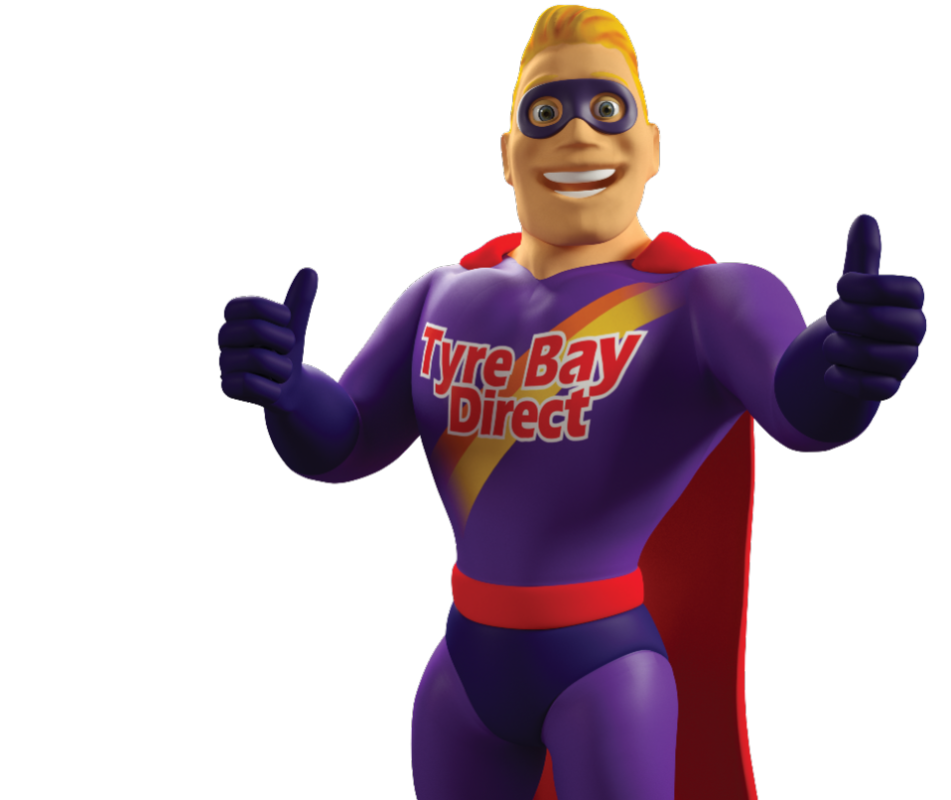








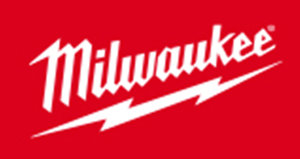
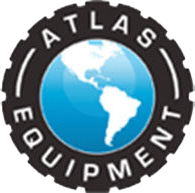



![TR414 38mm Length Snap-in Valves [100]](https://www.tyrebaydirect.com/wp-content/uploads/TR414-square.jpg)

